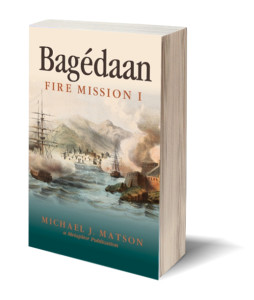Dwarves
This article is still under active construction. If it drops off mid-thought, it's because we've run out of time to complete it, but will get back to it very soon. Check back regularly for updates, or sign up for the Menelon Gazette to get updates delivered to your inbox on a semi-regular basis.
Dwarves are one of the races of "the Eldar people."
To most of Menelon's inhabitants, dwarves are under-mountain dwellers with uncanny and miraculous powers over stone, metal, and earth. Through their art, they craft steels that coil and hold astronomical amounts of tension or that can be sharpened to the width of a molecule. They've produced gemstones by the cart-load, the finest of which they place in intricate settings. Some of these have become family heirlooms for humans, and for elves. Though no dwarves wielded weapons on a battlefield (they are neither warlike) during the Great War, they threw their considerable might behind the Allied humans and elves, custom-blending metals for the IMMC and its voracious appetite for new and better ways to kill war orcs. These advances, coupled with the human's ability to industrialize the production of magitech, made it possible for the Alliance to turn the tide, and eventually win.
Though not aggressive by nature, dwarves always appear in powerfully muscled, humanoid-shaped bodies that average 1.2 meters (about 4 ft) in height, but usually weigh over 130 kg (about 300 lbs). Though they look somewhat human, they are entirely inhuman, in almost every way that can be gauged. Unlike the elves, however, the dwarves aren't very good at empathy or making an effort to be sure they understand the communications of other races. This makes them seem touchy, arrogant, insensitive, and sometimes abrasive in their interactions with humans and elves.
Though neither warlike nor aggressive, a dwarf will fight to defend himself when threatened, and will defend those they consider their friends from imminent harm. They simply don't seek out conflict - a dwarf generally prefers to build rather than destroy.
Of all the human peoples, the Vin-Nôrëans have had the longest history of interactions with the dwarves. Their origin myth cycle relates in great detail the great under-mountain migration, led by the dwarves, that produced the majority of what Menelon knows today as "the medini people." The Vin-Nôrëan language is based in that of the dwarves, and they drew much of their early engineering and architectural ideas from them, too. The dwarves have been on friendly terms with the royal family (Santi/Mirac) from time immemorial. It has not been considered unusual for a dwarf or three to be seen in the royal court there, usually on business with the monarch and or his/her family.
Great dwarven "cities" are known to exist under the mountains of Sylantia, Istane, Korak, and Menekhal; however, few humans since the medini have seen them. They are located great distances underground, and the ways in and out again are fraught with dangers - only a fraction of which can be fought or resisted with weapons and armor. These isolated pockets of dwarven civilization reflect everything this alien race has learned about proportion, beauty, and how to use both to best effect when working in stone. They are said to be marvels of engineering, unbelievably vast grottoes of reflected light and directed sound that have routinely beggared human imagination to describe.
Again, this article is still under active construction. New additions and updates to this article will be listed in our newsletter.
